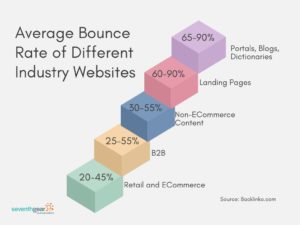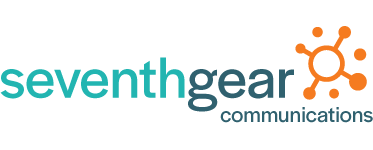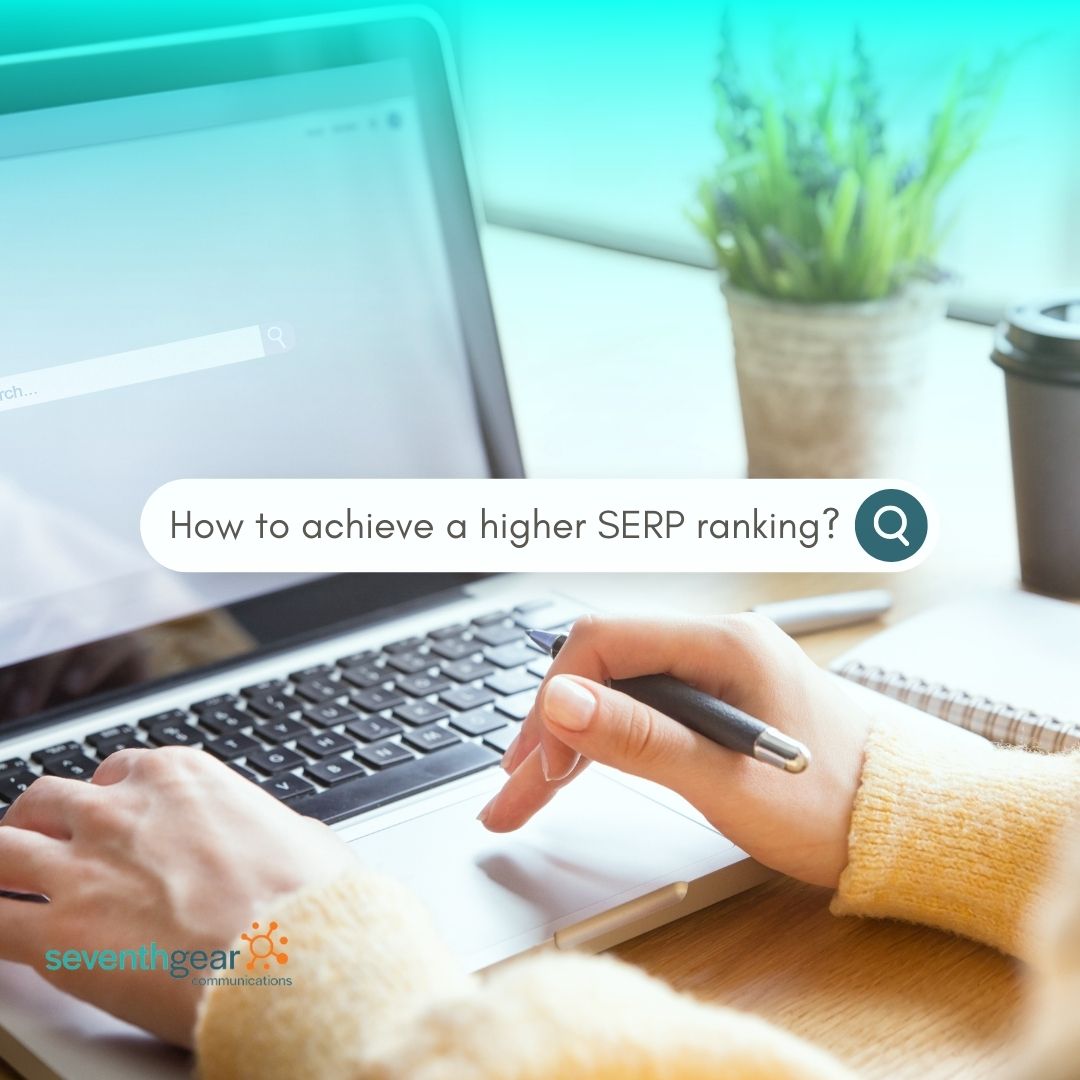Achieving a high result on a search engine result page, also called SERP, is a significant key in driving traffic to your site and building brand awareness. This all starts with effective SEO, the most accurate information as possible about your organization, and taking advantage of a few features Google and other search engines have to offer.
Improve Your Local SEO and Target Keywords
Local SEO is all about the physical distance between your business’s location and the location of a user`s search. Here, users are brought accurate and geographically close results to their inquiry. Local SEO is a main component of appearing high on SERPs, so what are some ways you can improve your business’s local SEO?
Complete a Googe Business Profile
Creating a business profile on Google may seem like a given, but taking time to provide as much information as possible has been shown to improve search results in the algorithm. Be sure to provide as much information such as locations and specific services or products you offer.
as possible has been shown to improve search results in the algorithm. Be sure to provide as much information such as locations and specific services or products you offer.
When writing your business description, try to use as many curated keywords as possible. You don`t want to overdo it and end up using irrelevant keywords to fill space. Selecting keywords that are broad yet relevant and applicable to your business will help your site appear higher on your local searches.
Keyword Research
On top of this, it may be helpful to do some keyword research to optimize results. Websites like Semrush have a keyword overview tool or even using Google`s built-in keyword tool will help bolster the right ones for your organization. These sites provide insight into keyword value in your area and competition ranks between different words. After finding your keywords, incorporating them into your website’s metadata, URL, and relevant body text will also help in this process.
Having a healthy mix of long and short-tailed keywords is also an important aspect when it comes to search engines. If someone was to google “marketing” an entire array of websites may pop up because of the vagueness of the term. On the other hand, searching the string “digital marketing in Pittsburgh” would show a very different results page with more curated results based on the descriptive keywords and location. While long-tail keywords may not be as popular as their shorter counterparts, they often have higher conversions because of the specificity and intention behind them.
If you`re brainstorming keywords to use on your website ask yourself a few of these questions:
- What words are people using when searching for this topic?
- Who is searching for the topic?
- What kind of language should be used?
- When are people searching these terms?
- Why are people searching this out?
- Where are potential leads located?
- Local, national, international, etc.
- How are people searching for these terms?
- Are there specific questions being asked?
- What kind of devices are being used? (Mobile, desktop, etc.)
Finally, remember to diversify your keywords. Websites don`t rank for keywords, only pages! Diversify and curate keywords for each page to drive more organic traffic to relevant pages for the user`s search.
Observe High Ranking Competitor Pages
Observing your competitors is an easy way to see what is working and what may fall short. Performing a competitive SERP analysis tracks, analyzes, and monitors brands and businesses that compete closely with your own. Strategies that are successful for these brands can then be transferred to your own SERP plan.
One of the easiest ways to do this yourself is by searching keywords relevant to your organization and seeing what results have high rankings. If you see a consistent organization at the top of your list, this could be an indicator that they have a strong SERP strategy and SEO. Be sure to also determine search intent or identify multiple ones to cater your information to. This can be a big indicator for language, relevance, and traffic you would expect to see on your site.
Maintaining a Responsive Website
Google`s algorithm has shown it gives priority to websites that are responsive to users’ devices, so naturally these sites have higher SERP rankings. Responsive webpages also allow users to share URLs easier because it doesn`t need redirection from Google.
Consider Bounce Rates
Bounce rates also come into play when maintaining responsive sites. While they are relative to your site and search intent, generally speaking, having a bounce rate of 26-40% is considered healthy. Having both too low or too high can indicate that something may be wrong with the content, layout, or user experience. A 2020 study of 11.8 million Google search results found that healthy bounce rates were associated with high SERP rankings. Refer to graph 1.1 to see what an optimal bounce rate would look like in your industry.

Graph 1.1
Use Crawlable Resources
Google is an algorithm–so, when designing your site make sure your resources and content are available for Google to sift through and match them with a user`s search. Google`s crawler is essentially a bot that combs through sources and follows links. It then saves the HTML base of a site to an index. The frequency of the crawler is based on a site`s traffic. Additionally, sites that are updated more often have a higher crawl  frequency.
frequency.
Making your pages accessible, easy to navigate, and updated regularly are some easy first steps of having good crawlibilty. With this information, Google and other search engines have a better idea of the content of your site and are able to rank it higher based on keyword and phrasal matches, local SEO, and other elements.
Backlink Building
Also referred to as incoming or inbound links, backlinks are SEO drivers–therefore, bolstering your SERP. Backlinks act as “confirmation” from other websites and can direct your target audience to your webpage better. Using backlinks from credible and trusted sites on your webpage tells Google and other search engines that your website is relevant and accurate.
Before your start weaving in backlinks for higher SERP try a few of these tips!
Build Backlinks Organically
Search engines need time to establish that your site`s content is credible. Incorporating too many backlinks too quickly can have an adverse effect on SERP rankings. Start with a handful and grow gradually.
In addition to this, don`t pay website owners to offload their keywords as anchor text. Subscribing to a paid directory that links to your site is great! But Google`s algorithm is able to detect when suspicious backlink activity occurs and may eliminate your chances at a high SERP ranking.
Use a Variety of Credible Sources
Obviously, you want your information to be accurate on your site, so be sure to do your research on your source’s information. Try to avoid sources with poorly-written content, too many ads or pop-ups, spam, or too many irrelevant external links. These websites have content that Google, and other search engines, typically avoid putting at the top of their result pages. Their poor ranking may affect yours.
source’s information. Try to avoid sources with poorly-written content, too many ads or pop-ups, spam, or too many irrelevant external links. These websites have content that Google, and other search engines, typically avoid putting at the top of their result pages. Their poor ranking may affect yours.
Also, credible sources are not just limited to websites! They can also be blogs, images, social media posts, etc.
Be Consistent
Google favors websites that consistently publish content. Updating your site will help the crawlers pick up on any new content, index it, and hopefully push your site higher on the result page. This also allows other sites to use your content as backlinks and furthers the cycle to heighten your SERP.
Achieving a desirable SERP ranking can be a tricky balancing act. Seventh Gear Communications can help you build an SEO strategy for your site. To learn more, reach out to us anytime!
Comments are closed.

